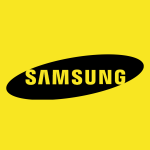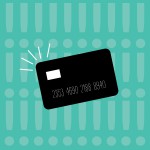ABTEK’s team of experts is available to you 24/7/365. Telephone, email or text. Why? We know that the majority of your cash flow is credit card or electronic payments. The prevailing thought by most businesses is that they key, swipe or dip a credit card and the system deposits the money into their bank account. I can say, most often times it works flawlessly.
In reality there are real, contractual disruptors. Each and every payment you accept from your customer is a “contingent liability”. Due to the phenomenal technology today your transaction passes through several security gates (contingencies) prior to the deposit. Failure to meet expected criteria will block the transaction and you may not see your cash for at least 6 months.
DISRUPTOR – EXAMPLES
Your average sale is $2,000 but you run a transaction for $55,000 for a job you’ve invested time and money for months. This money can and will be held until each party has agreed it’s valid.
- Card issuing bank
- Processor moving the money
- Funding bank
- Consumer
Transactions keyed incorrectly for any reason, such as:
- Correcting a wrong dollar amount
- Obtaining an authorization code and “forcing” the transaction
There are many reasons, this is a small sample. The point is, client’s of ABTEK have a concierge relationship. We train you to know these disruptors are out there because they can easily disrupt your payroll, payables and generally your cash flow. If you don’t have that relationship – someone who cares, you are literally on your own.
Think about it. If this makes any sense to you GIVE US A CALL and we’ll tell you some stories. We’d love to have you as a client and we feel you need our skills to succeed.
























